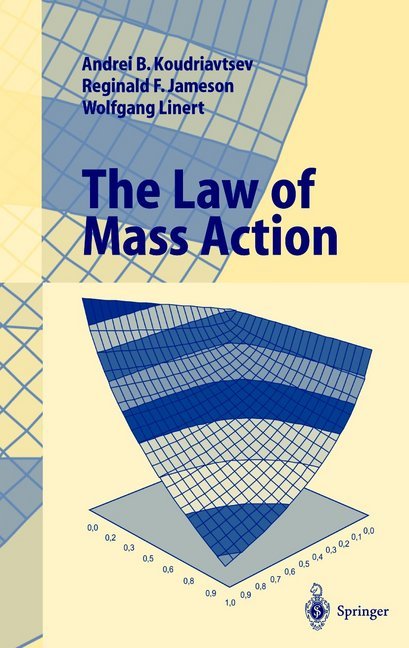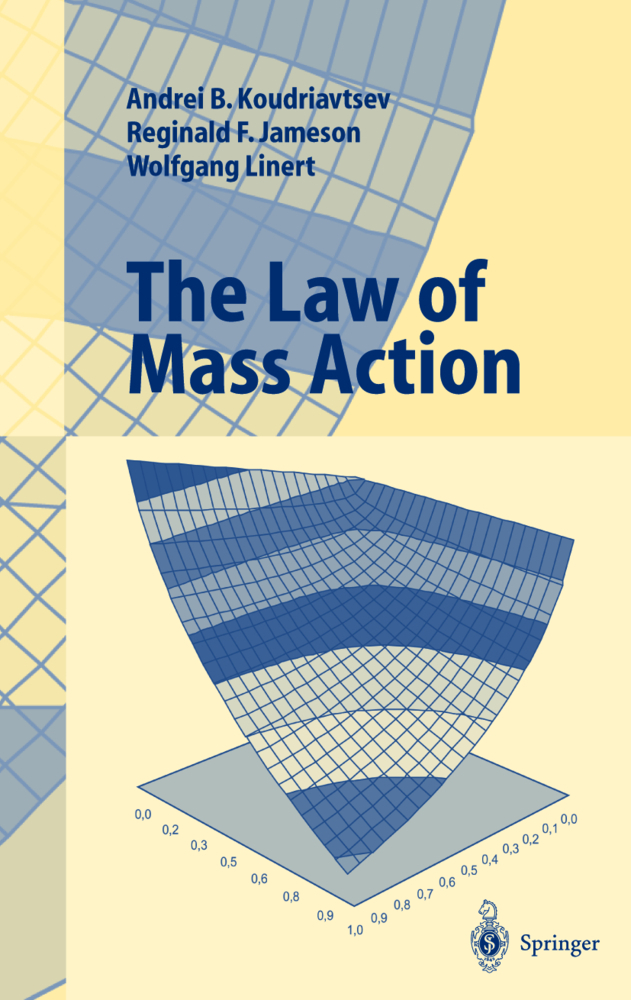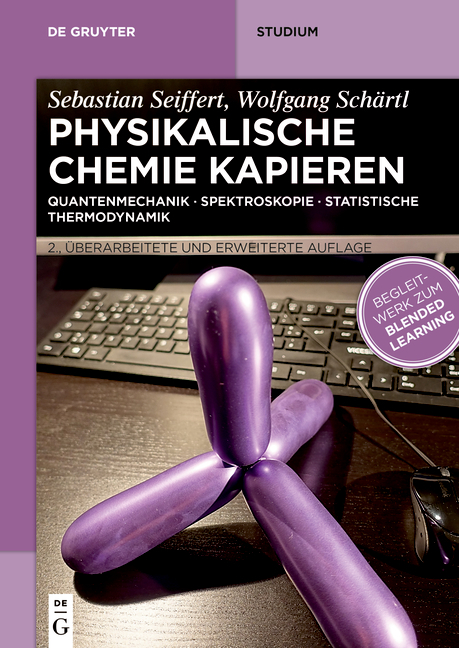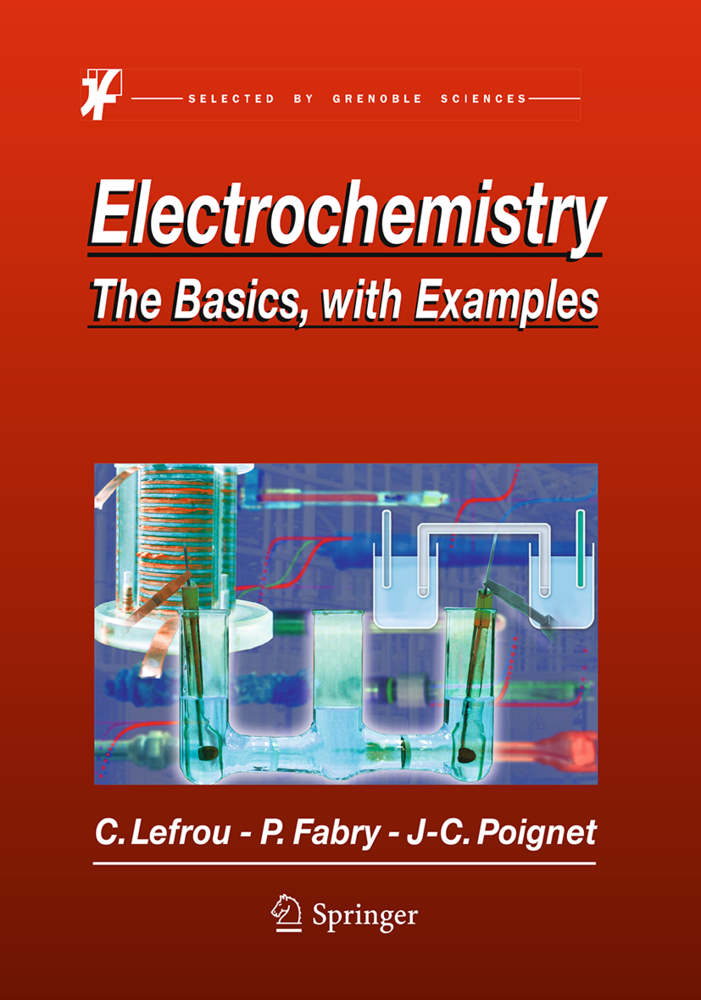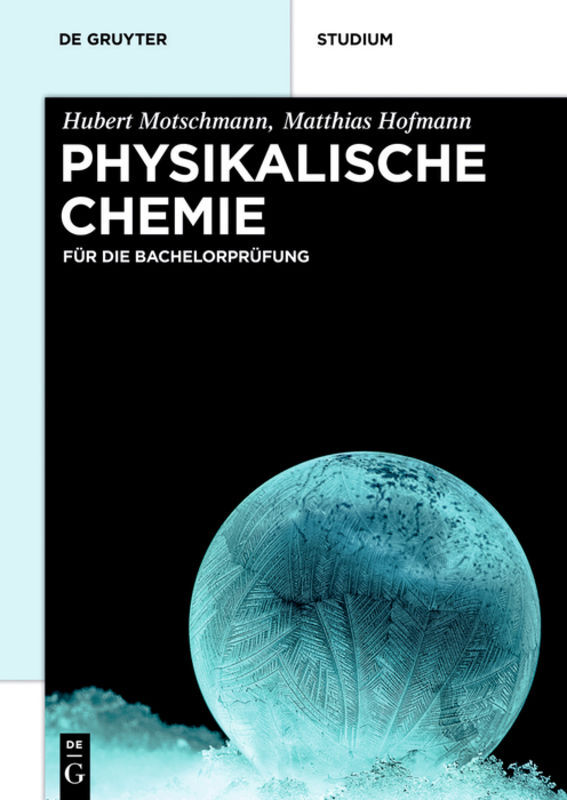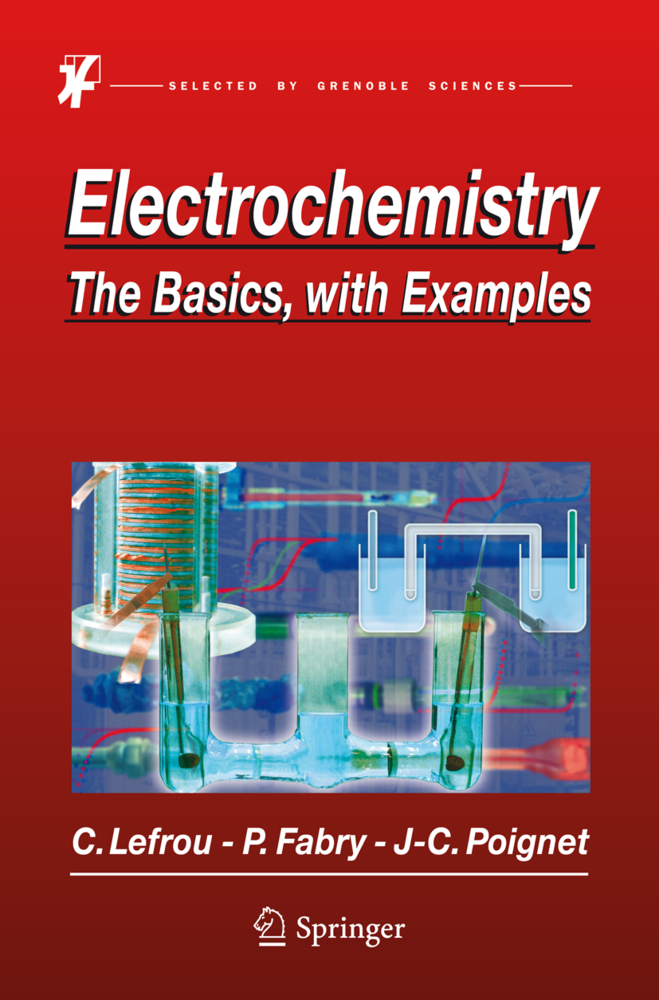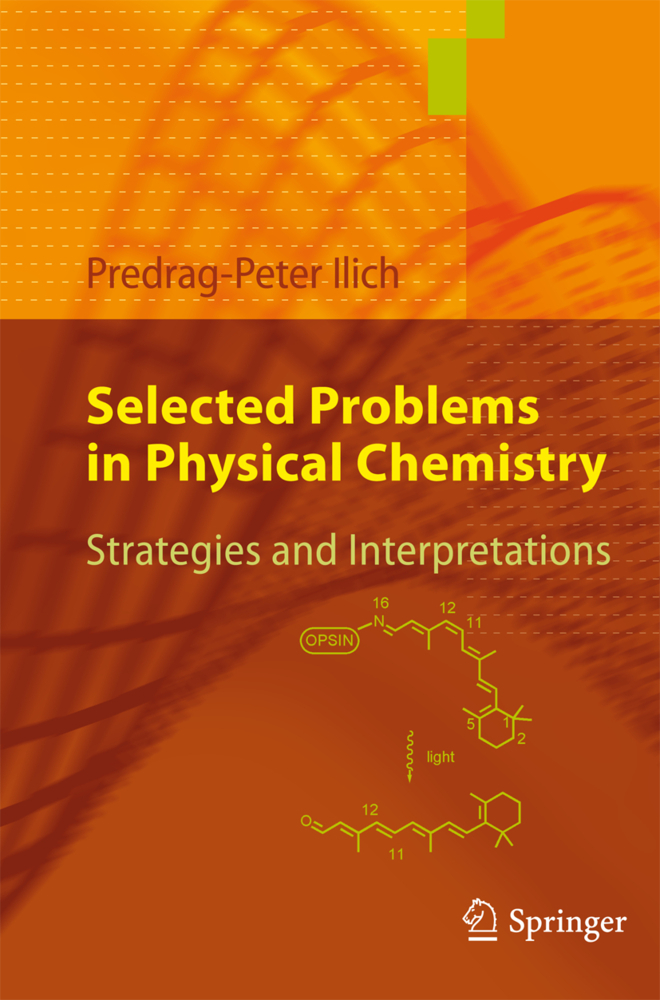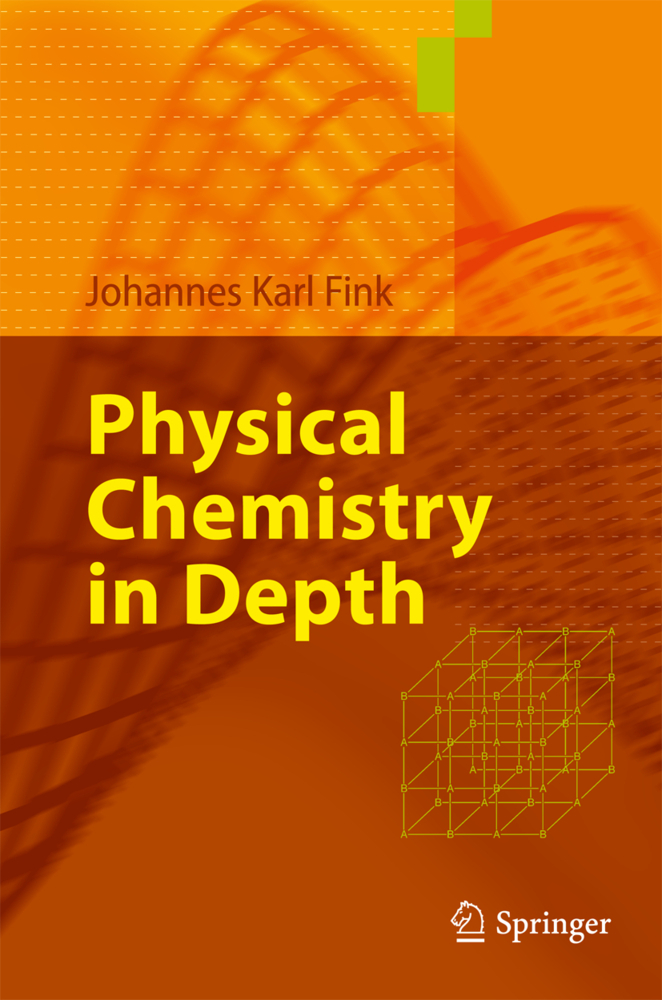The Law of Mass Action
The Law of Mass Action
'Why are atoms so small?' asks 'naive physicist' in Erwin Schrodinger's book 'What is Life? The Physical Aspect of the Living Cell'. 'The question is wrong' answers the author, 'the actual problem is why we are built of such an enormous number of these particles'. The idea that everything is built of atoms is quite an old one. It seems that l Democritus himself borrowed it from some obscure Phoenician source . The arguments for the existence of small indivisible units of matter were quite simple. 2 According to Lucretius observable matter would disappear by 'wear and tear' (the world exists for a sufficiently long, if not infinitely long time) unless there are some units which cannot be further split into parts. th However, in the middle of the 19 century any reference to the atomic structure of matter was considered among European physicists as a sign of extremely bad taste and provinciality. The hypothesis of the ancient Greeks (for Lucretius had translated Epicurean philosophy into Latin hexameters) was at that time seen as bringing nothing positive to exact science. The properties of gaseous, liquid and solid bodies, as well as the behaviour of heat and energy, were successfully described by the rapidly developing science of thermodynamics.
1.2 The Maxwell - Boltzmann distribution law
1.3 Calculation of most probable and mean values
1.4 Indistinguishable molecules. The Gibbs' paradox
1.5 Phase volume and the number of quantum states
1.6 Quantum statistics
2 Ensembles, Partition Functions, and Thermodynamic Functions
2.1 Gibbs- approach, or how to avoid molecular interactions
2.2 The process of equilibration and increasing entropy
2.3 Microcanonical distribution
2.4. Canonical distribution
2.5 The probability of a macrostate
2.6 Thermodynamic functions derived from a canonical distribution
2.7 Some molecular partition functions
2.8 Fluctuations
2.9 Conclusions
3 The Law of Mass Action for Ideal Systems
3.1 The law of mass action, its origin and formal thermodynamic derivation
3.2 Statistical formulae for free energy
3.3 Statis tical formul ae for ideal sys tems
3.4 The law of mass action for ideal gases
3.5 The law of mass act ion for an ideal crys tal. Spin crossover equilibria
3.6 Liquids
3.7 'Breakdown' of the law of mass action
3.8 Conclusions
4 Reactions in Imperfect Condensed Systems. Free Volume
4.1 Additive volume: a semi-empirical model of repulsive interactions
4.2. Lattice theories of the liquid state
4.3 The Lennard-Jones and Devonshir e model
4.4 Chemica l equi libria in Lennard-Jones and Devon shire liquids
4.5 The non-id eal law of mass action, activities, and standard states
4.6 Kinetic law of mass action
4.7 Conclusions
5 Molecular Interactions
5.1 Introduction
5.2 Empirical binary potentials
5.3 Taking into account nearest, next nearest, and longer range interactions in the conde nsed phase
5.4Frequency of vibrations
5.5 The shape of the potential wcll in a cell
5.6 Free volume of a Lennard-Jones and Devons hire liquid
5.7 Experimental determ ination of parameters of the Lennard-Jones potential
5.8 Conclusions
6 Imperfect Gases.
6.1 Introduction. The Virial Theorem
6.2 The Rayleigh equation
6.3 A gas with weak binary interactions: a statistical thermodynamics approach
6.4 Van der Waals equation of state
6.5 Chemical equilibria in imperfect gases
6.6 Conclusions
7 Reactions in Imperferct Condensed Systems. Lattice Energy
7.1 Exchange energy 203
7.2 Non-ideality as a result of dependence of the partition function on the nature of the surroundings
7.3 Exchange free energy
7.4 Phase separations in binary mixtures
7.5 The law of mass action for an imperfect mixture in the condensed state
7.6 The regular solut ion model of steep spin crossover
7.7 Heat capacity changes in spin crossover
7.8 Negative exchange energy. Ordering . The Bragg - Williams approximation
7.9. Description of order ing taking into account triple interactions
7.10 Chemica l equilibrium in ordered systems. Two-step spin crossover
7.11 Diluted systems
7.12 Conclusions
8 Chemical Correlations
8.1 Studies of variations of chemical reactivity
8.2 Linear free energy relationship. Modification of reactants
8.3 Linear free energy relationship. Variation of solvent
8.4 Isoequilibrium and isokinetic relationships
8.5 Conclusions
9 Concluding Remarks
10 Appendices
10.1 Lagrange equations and Hamilt on (canonical) equations
10.2 Phase space
10.3 Derivation of the canonical distribution
10.4 Free volume assoc iated with vibrations
10.5 Rotational con tribution to the equilibrium constant of the ionisation of water
10.6 Forms ofthe law of mass action employing the function approximation of the factorial
10.7 Derivation of the van der Waals equation of state
10.8 Exchange energy
10.9 Activity coefficients derived from the non-ideality resulting from triple interactions
10.10 The law of mass action for a binary equilibrium in a sys tem with non- additive volume and lattice energy
10.11 Physico-chemical constants and units of energy.
1 Maxwell - Boltzmann Statitics
1.1 Thermodynamics and probab ility. The Boltzmann - Planck theorem1.2 The Maxwell - Boltzmann distribution law
1.3 Calculation of most probable and mean values
1.4 Indistinguishable molecules. The Gibbs' paradox
1.5 Phase volume and the number of quantum states
1.6 Quantum statistics
2 Ensembles, Partition Functions, and Thermodynamic Functions
2.1 Gibbs- approach, or how to avoid molecular interactions
2.2 The process of equilibration and increasing entropy
2.3 Microcanonical distribution
2.4. Canonical distribution
2.5 The probability of a macrostate
2.6 Thermodynamic functions derived from a canonical distribution
2.7 Some molecular partition functions
2.8 Fluctuations
2.9 Conclusions
3 The Law of Mass Action for Ideal Systems
3.1 The law of mass action, its origin and formal thermodynamic derivation
3.2 Statistical formulae for free energy
3.3 Statis tical formul ae for ideal sys tems
3.4 The law of mass action for ideal gases
3.5 The law of mass act ion for an ideal crys tal. Spin crossover equilibria
3.6 Liquids
3.7 'Breakdown' of the law of mass action
3.8 Conclusions
4 Reactions in Imperfect Condensed Systems. Free Volume
4.1 Additive volume: a semi-empirical model of repulsive interactions
4.2. Lattice theories of the liquid state
4.3 The Lennard-Jones and Devonshir e model
4.4 Chemica l equi libria in Lennard-Jones and Devon shire liquids
4.5 The non-id eal law of mass action, activities, and standard states
4.6 Kinetic law of mass action
4.7 Conclusions
5 Molecular Interactions
5.1 Introduction
5.2 Empirical binary potentials
5.3 Taking into account nearest, next nearest, and longer range interactions in the conde nsed phase
5.4Frequency of vibrations
5.5 The shape of the potential wcll in a cell
5.6 Free volume of a Lennard-Jones and Devons hire liquid
5.7 Experimental determ ination of parameters of the Lennard-Jones potential
5.8 Conclusions
6 Imperfect Gases.
6.1 Introduction. The Virial Theorem
6.2 The Rayleigh equation
6.3 A gas with weak binary interactions: a statistical thermodynamics approach
6.4 Van der Waals equation of state
6.5 Chemical equilibria in imperfect gases
6.6 Conclusions
7 Reactions in Imperferct Condensed Systems. Lattice Energy
7.1 Exchange energy 203
7.2 Non-ideality as a result of dependence of the partition function on the nature of the surroundings
7.3 Exchange free energy
7.4 Phase separations in binary mixtures
7.5 The law of mass action for an imperfect mixture in the condensed state
7.6 The regular solut ion model of steep spin crossover
7.7 Heat capacity changes in spin crossover
7.8 Negative exchange energy. Ordering . The Bragg - Williams approximation
7.9. Description of order ing taking into account triple interactions
7.10 Chemica l equilibrium in ordered systems. Two-step spin crossover
7.11 Diluted systems
7.12 Conclusions
8 Chemical Correlations
8.1 Studies of variations of chemical reactivity
8.2 Linear free energy relationship. Modification of reactants
8.3 Linear free energy relationship. Variation of solvent
8.4 Isoequilibrium and isokinetic relationships
8.5 Conclusions
9 Concluding Remarks
10 Appendices
10.1 Lagrange equations and Hamilt on (canonical) equations
10.2 Phase space
10.3 Derivation of the canonical distribution
10.4 Free volume assoc iated with vibrations
10.5 Rotational con tribution to the equilibrium constant of the ionisation of water
10.6 Forms ofthe law of mass action employing the function approximation of the factorial
10.7 Derivation of the van der Waals equation of state
10.8 Exchange energy
10.9 Activity coefficients derived from the non-ideality resulting from triple interactions
10.10 The law of mass action for a binary equilibrium in a sys tem with non- additive volume and lattice energy
10.11 Physico-chemical constants and units of energy.
Koudriavtsev, Andrei B.
Jameson, Reginald F.
Linert, Wolfgang
| ISBN | 978-3-642-62494-0 |
|---|---|
| Artikelnummer | 9783642624940 |
| Medientyp | Buch |
| Copyrightjahr | 2012 |
| Verlag | Springer, Berlin |
| Umfang | XIV, 328 Seiten |
| Abbildungen | XIV, 328 p. |
| Sprache | Englisch |

